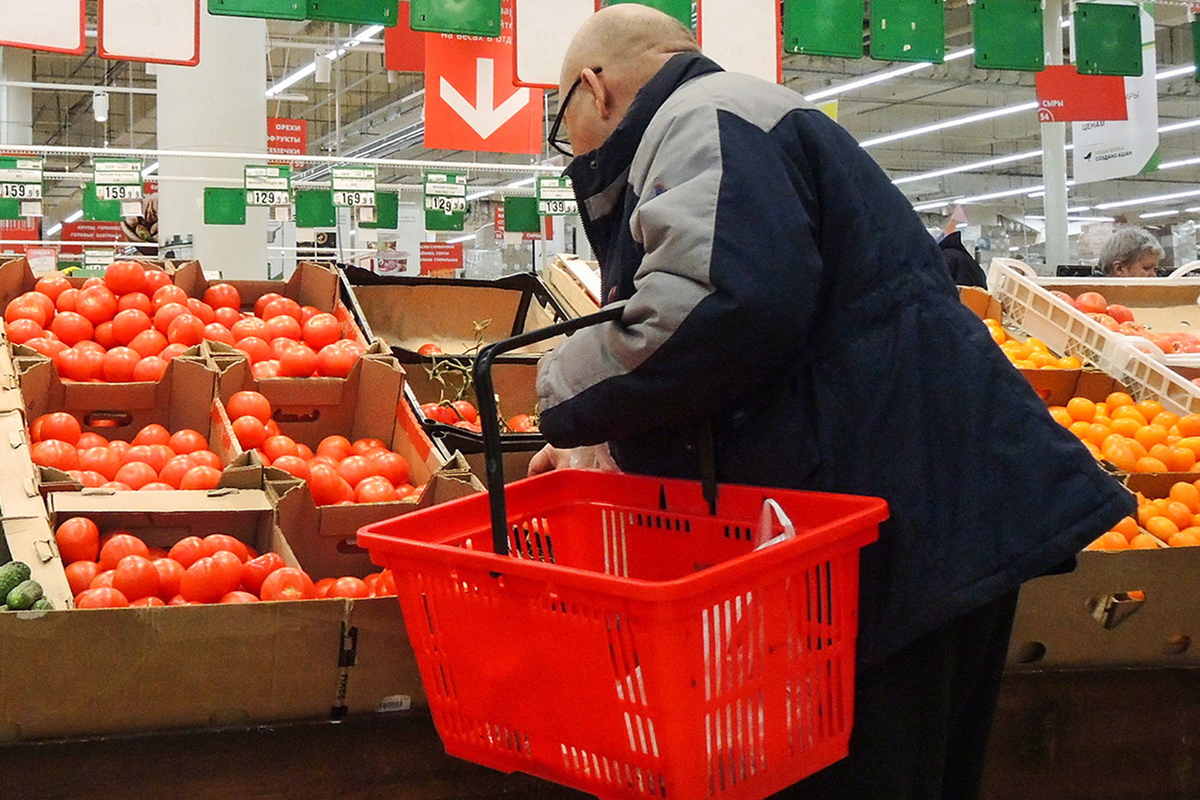FAS proposed a formula for the “correct” cost of products: what’s the catch?
[ad_1]

Rising food prices worry not only ordinary Russians, but also government structures. To ensure that everything is fair, there is an active search for a formula to calculate unreasonable price increases. The Federal Antimonopoly Service offers another option.
So, the formula from the FAS: if for 60 days in a row the price of some product exceeded inflation by more than 5% without valid economic reasons, then such a price can be considered unreasonable. And the retail chain or manufacturer who committed such arbitrariness can and should be held accountable.
Let us remind you. That in December last year a similar initiative had already come from the FAS: it was about the same 60 calendar days in a row. Only the price increase during this period should be more than 30%.
This is not the first and certainly not the last search for a “fair” formula for the price of products, for exceeding which one can be punished. So far, the government has also sent the 5% option “for correction.” .
The good intention to contain the abnormal rise in prices for a particular product is crossed out by a significant reservation. Market participants will not face any penalties if the increase is “economically justified.” And under this formulation you can write off anything you want: for example, an increase in tariffs of natural monopolies or the notorious seasonal factor, changes in prices for raw materials and components… By the way, all these, as well as other “valid reasons” are contained in the explanatory note to the document FAS.
The factors, as we see, are blurry. The government quite rightly demands from antimonopoly authorities, firstly, an exhaustive list of them. And secondly, since we are talking about a formula, then extremely precise parameters.
But how to do that? Let’s say how many millimeters of precipitation per square meter of collective farm field must fall within 60 days in order to say: the prices for potatoes have increased correctly, there is no cartel agreement.
Or, with apothecary precision, establish the discrepancy between supply and demand during two months of rush? What should the gap be?
In general, the new formula for combating unreasonable price increases is unlikely to bring the long-awaited effect. After all, you will have to consider the entire chain – relatively speaking, from increasing electricity tariffs to changing the price of spare parts, and if they are also imported, then to delivery logistics. How not to dig deep into all these factors…
“My opinion is that no formulas will help us in the fight against rising prices,” says Pyotr Shelishch, chairman of the Consumer Union of the Russian Federation. – The main thing here is that there are no cartel agreements, both between retail chains and between manufacturers. And if normal, healthy competition is ensured, then all retail prices on the shelves are economically justified.
– But if they grow beyond the limit, then what should buyers do?
– Prices are rising for two reasons. The first is that there is not enough supply. To keep the shelves from being empty, trade raises the cost of goods. Otherwise, the situation will repeat when the stores were empty, we are familiar with this from the 80-90s of the last century. And here the government needs to take measures to support domestic producers and monitor market saturation.
– How?
– Let’s take the situation with chicken eggs and the surge in prices for them. It is impossible to sharply increase their production. But a decision was made to allow duty-free import of these products. Supply volumes are relatively small in relation to our domestic production. However, the very fact that the route was opened for imports calmed the market. Buyers began to buy not three dozen eggs, as during the period of rush demand, “until the price went up even more,” but, as usual, 10 pieces. And, as far as I know, imports did not enter the retail trade at all, since prices for eggs in Turkey are much higher than in Russia. These supplies went to the processing industry. And the volumes of domestic production were removed from there and sent to retail. Here is an example of equalizing supply and demand so that prices do not go up…
– But you said about two reasons for their growth. What’s the second one?
– Increasing real incomes of the population. During a direct line in December last year, Vladimir Putin said that in 2023, wage growth, minus inflation, averaged 8%, although the production of goods did not increase by this 8%. Trade took advantage of the moment, decided that it could charge consumers more, and raised prices. These are the points that authorities need to pay attention to. And searching for formulas is a dangerous path. If we start telling the seller at what prices he should sell, then he will stop buying a product that is unprofitable for him from the manufacturer. Then he will need to “indicate” the assortment, which must be on the counter.
The same story will repeat itself with the manufacturer. He will stop producing anything that trade does not want to accept; he will also need a list of mandatory products. This is the road to empty shelves.
[ad_2]
Source link






